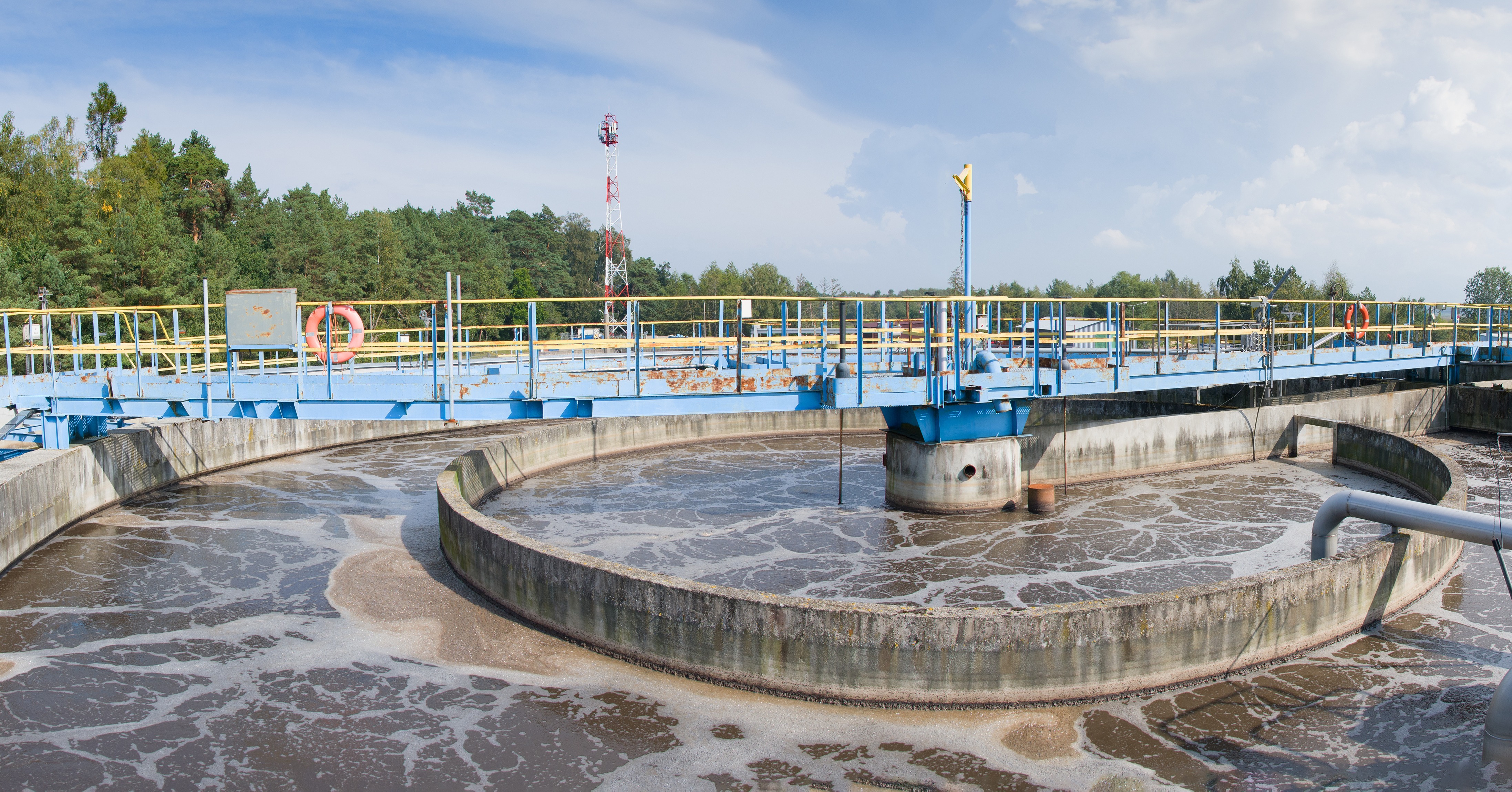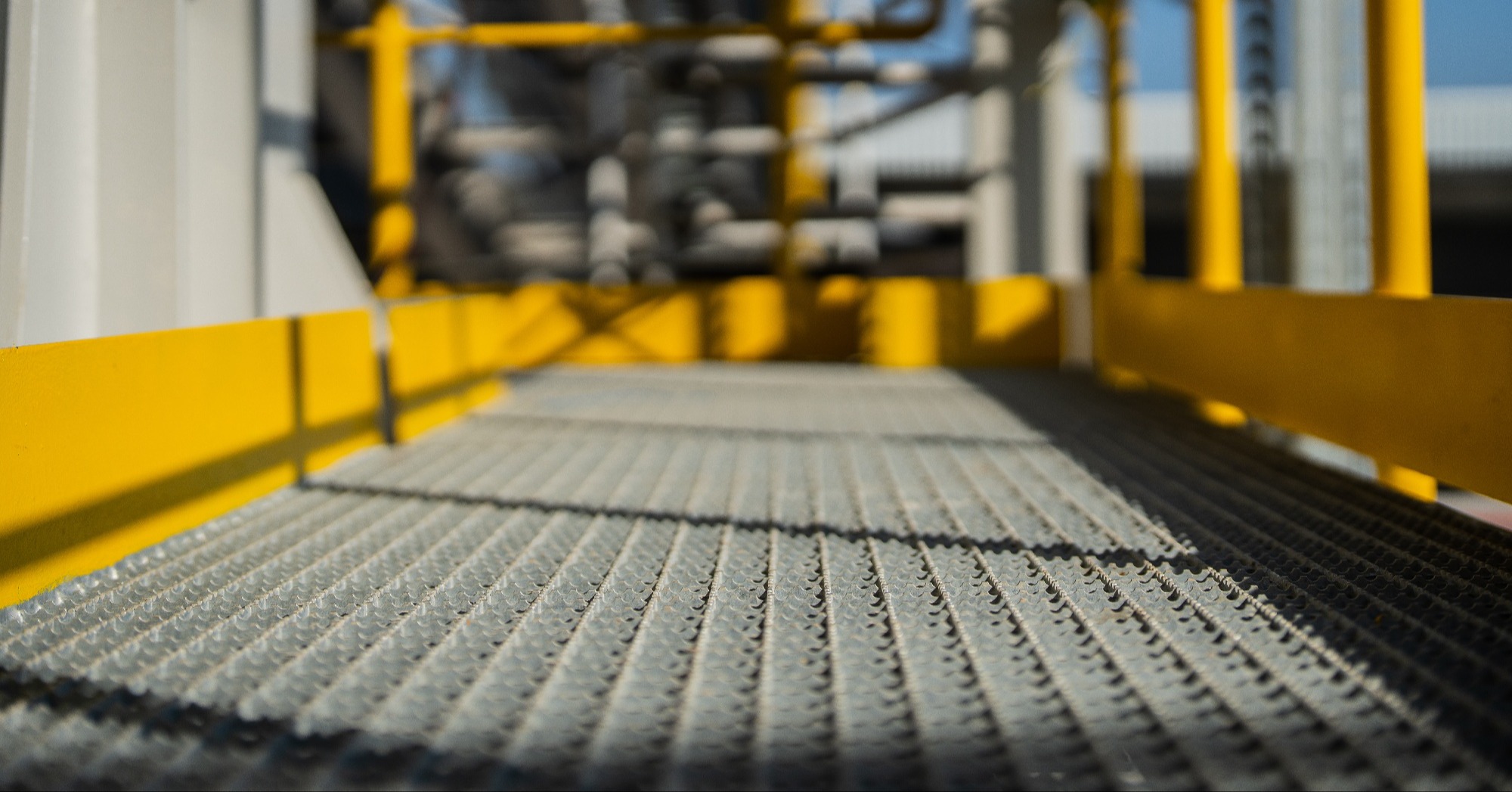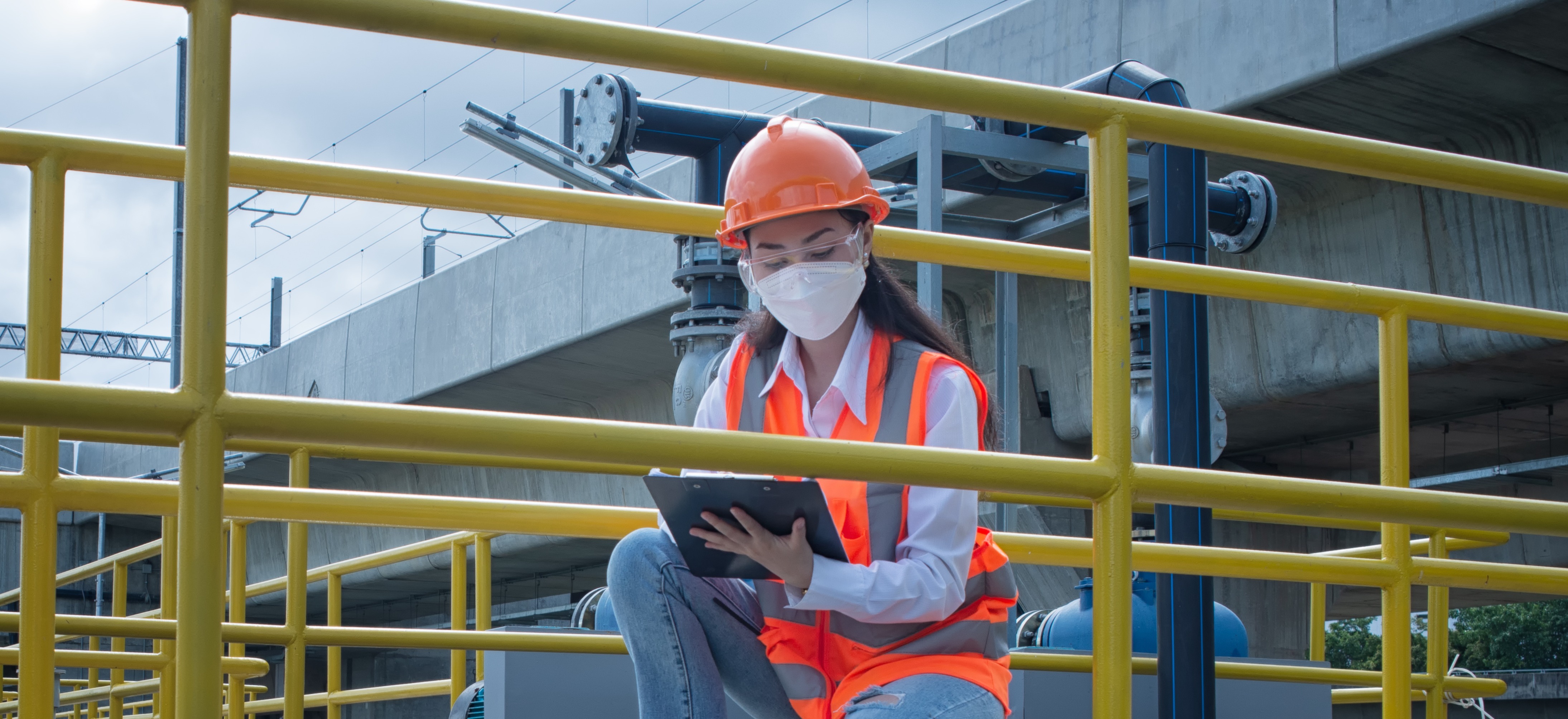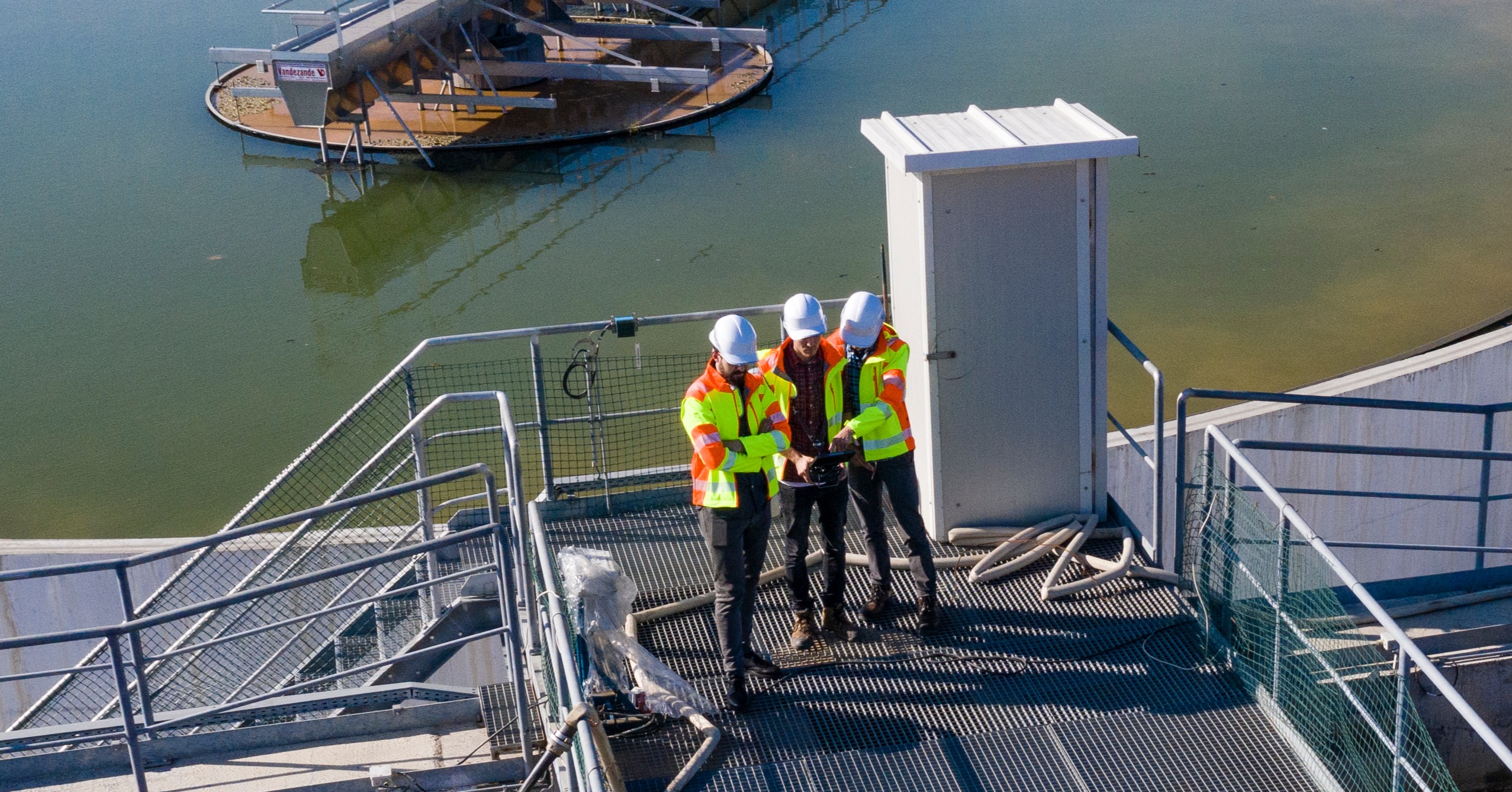Material Selection for Longevity and Performance

The selection of materials for walkways in water treatment plants is crucial for ensuring both longevity and performance under challenging conditions. Here, we consider the pros and cons of common materials, including aluminum.
| Material |
Pros |
Cons |
| Aluminum |
Lightweight, corrosion-resistant, requires minimal maintenance, good strength-to-weight ratio |
Can be costly, and may require specialized fabrication techniques |
| Steel |
High strength, durable, can be coated for extra protection |
Prone to corrosion if not properly maintained or coated, heavy |
| Fiberglass |
Corrosion-resistant, lightweight, non-conductive, low maintenance |
Lower load-bearing capacity compared to metals, can be expensive |
These materials each have their unique advantages and challenges. Aluminum, for example, offers excellent corrosion resistance and is lightweight, making it ideal for structures that require both durability and ease of installation. However, the cost and the need for specialized fabrication can be downsides. The choice of material will depend on the specific requirements of the plant, including environmental conditions, budget, and expected load on the walkways.
Accessibility Standards for Walkways

Ensuring walkways in water treatment plants are accessible involves adhering to standards that promote usability for everyone, including individuals with disabilities. Key aspects include:
- Width and Slope: Walkways must be wide enough to accommodate wheelchairs, with slopes gentle enough to be navigable.
- Surface Texture: Surfaces should be firm, stable, and slip-resistant to ensure safety under various conditions.
- Handrails: Where necessary, handrails should be provided to assist in mobility.
- Obstacle-Free: Paths must be free of any obstacles that could impede movement or pose a hazard.
Adhering to these principles ensures that walkways are safe, navigable, and compliant with legal requirements, fostering an inclusive environment.
Maintenance and Inspection Best Practices

Effective maintenance and inspection are crucial for the longevity and safety of walkways in water treatment plants. Best practices include:
- Regular Inspections: Scheduled inspections identify wear, corrosion, or damage early.
- Immediate Repairs: Promptly address issues to prevent hazards.
- Cleaning Regimen: Regular cleaning prevents slip hazards and material degradation.
- Documentation: Keep detailed records of inspections and maintenance activities.
- Compliance Checks: Ensure walkways continue to meet safety and accessibility standards.
These practices help in maintaining a safe environment by proactively managing potential risks.
Making the Right Purchasing Decisions

Making the right purchasing decisions for walkways in water treatment plants involves evaluating several key factors to ensure the safety, durability, and compliance of the infrastructure. Considerations should include the quality of materials, design versatility to meet specific plant layouts, adherence to safety and accessibility standards, and the supplier's reputation for reliability and customer support. Assessing these elements carefully will guide facility managers and engineers in selecting walkway solutions that offer long-term value, minimize maintenance costs, and enhance the safety and operational efficiency of water treatment plants.
Conclusion

The design and maintenance of walkways in water treatment plants are foundational to ensuring operational safety and accessibility. By prioritizing well-thought-out designs, choosing appropriate materials, adhering to accessibility standards, and implementing regular maintenance and inspection routines, facilities can significantly mitigate risks. Partnering with experienced manufacturers like Thompson Fabricating, who understand the nuances of creating durable, safe, and compliant walkway systems, can make all the difference in maintaining the highest safety standards while ensuring efficient plant operations.
If you have any questions about walkways, or other industrial aluminum solutions, feel free to contact us.
Helpful Resources